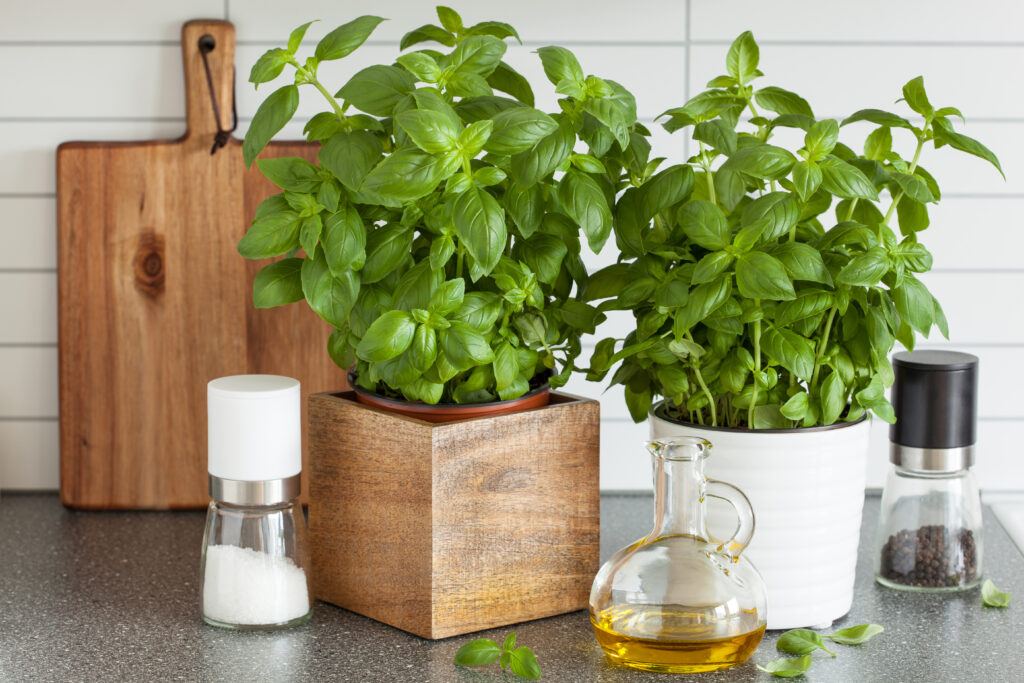Master Vertical Herb Planter Techniques for Tight Spaces
Sometimes, the only way to go is up—especially when it comes to saving space while cultivating a variety of kitchen herbs. A vertical herb planter or indoor herb tower is a fantastic solution for small space gardening, offering a layered approach that maximizes limited square footage. By stacking planters or using tiered structures, you can foster a thriving green wall of basil, mint, oregano, and more, even if you live in a compact apartment.
This post will guide you through the advanced methods of vertical gardening, perfect for hobbyists who are already comfortable with indoor growing. From specialized substrates to refined humidity control, you’ll learn how to keep your vertical herb garden healthy, pest-free, and bursting with flavor.
Benefits of a Vertical Herb Planter
- Space Optimization
- Leverages vertical space in narrow corners or along sunny walls
- Perfect for urban dwellers with minimal floor area
- Enhanced Airflow
- Tiers allow each herb to breathe, reducing mold and mildew risk
- Better circulation also helps prevent pests
- Aesthetic Appeal
- A living herb tower doubles as functional décor
- Adds a lush, natural element to your indoor environment
Advanced Tips for Serious Herb Enthusiasts

Specialized Substrates
- Combine perlite or vermiculite with a lightweight potting mix for improved drainage
- Helps avoid waterlogging in stacked containers
Exotic Herb Choices
- Jamaican oregano has a bolder flavor compared to standard oregano
- Chocolate mint offers a unique, sweet aroma that pairs well with desserts
- Spicy globe basil is compact and ideal for small pots
Refined Humidity Control
- Tiered planters can dry out quickly on top levels, so mist those areas more frequently
- Place a hygrometer near the base and move it occasionally to gauge different tiers
Setting Up Your Indoor Herb Tower
- Structure Selection
- Opt for sturdy, tiered planters or modular shelving that can handle multiple layers of damp soil
- Substrate Preparation
- Fill each level with a balanced mix that promotes aeration
- Arranging Herbs
- Place thirstier herbs like mint on the lower tiers where water can drain down
- Drought-tolerant herbs such as rosemary can thrive on higher tiers
- Lighting Essentials
- Ensure the structure is near a bright window or supplemented by LED grow lights
- Rotating the tower every few days helps all sides receive sufficient light
Maintenance and Harvesting
- Watering: Check the moisture of each tier individually. The top tier may dry faster than lower ones.
- Fertilizing: Use a liquid fertilizer monthly for consistent growth.
- Pruning: Harvest leaves frequently to promote new growth and prevent overcrowding.
- Cleaning: Gently wipe down leaves to remove dust, allowing better photosynthesis.




